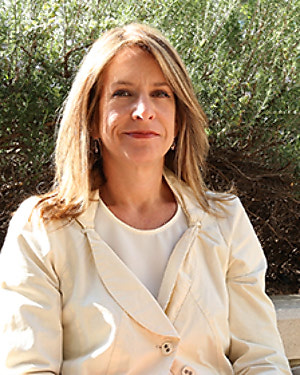Cynthia L. Gay, MD, MPH, associate professor of infectious diseases, and David Margolis, MD, the Sarah Kenan Distinguished Professor of Medicine, Microbiology & Immunology, and Epidemiology in the UNC School of Medicine, published results of a clinical trial showing that vorinostat and immunotherapy may modestly shrink the latent HIV reservoir.

Antiretroviral therapies (ART) stop HIV replication in its tracks, allowing people with HIV to live relatively normal lives. However, despite these treatments, some HIV still lingers inside cells in a dormant state known as “latency.” If ART is discontinued, HIV will awaken from its dormant state, begin to replicate, and cause acquired immunodeficiency syndrome (AIDS). To create a cure, researchers have been attempting to drive HIV out of latency and target it for destruction.
A new clinical trial led by Cynthia Gay, MD, MPH, associate professor of infectious diseases, David Margolis, MD, the Sarah Kenan Distinguished Professor of Medicine, Microbiology & Immunology, and Epidemiology, and other clinicians and researchers at the UNC School of Medicine suggests that a combination of the drug vorinostat and immunotherapy can coax HIV-infected cells out of latency and attack them.
The immunotherapy was provided by a team led by Catherine Bollard, MD, at the George Washington University, who took white blood cells from the study participants and expanded them in the laboratory, augmenting the cells’ ability to attack HIV-infected cells, before re-infusion at UNC.
Their results, published in the Journal of Infectious Diseases, showed a small dent on the latent reservoir, demonstrating that there is more work to be done in the field.
“We did show that this approach can reduce the reservoir, but the reductions were not nearly large enough, and statistically speaking were what we call a “trend” but not highly statistically significant,” said David Margolis, MD, director of the HIV Cure Center and senior author on the paper. “We need to create better approaches to flush out the virus and attack it when it comes out. We need to keep chipping away at the reservoir until there’s nothing there.”